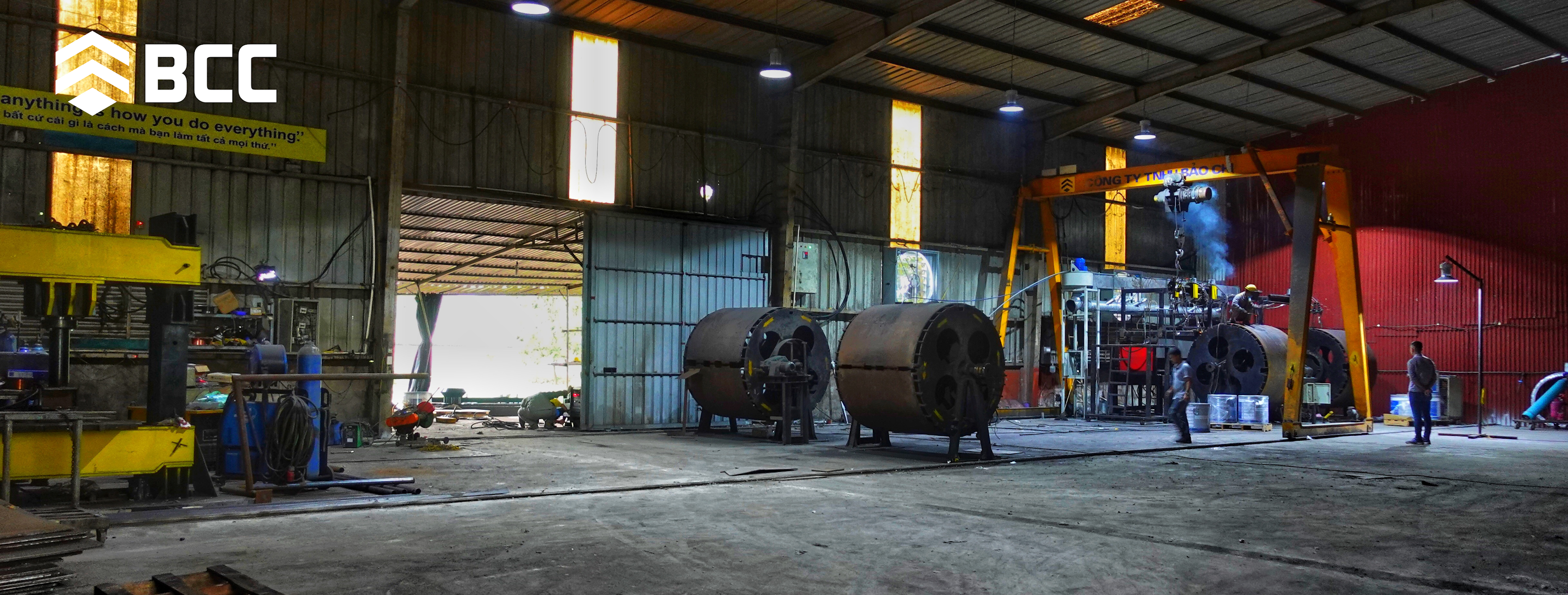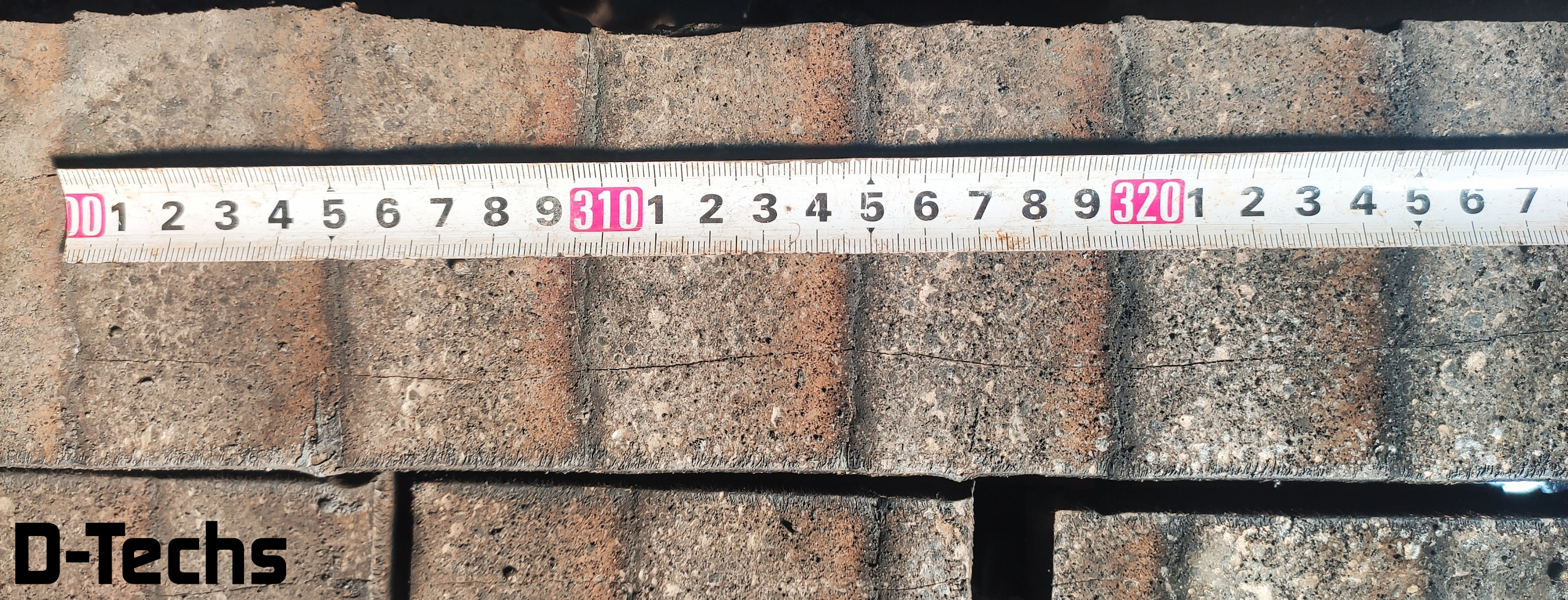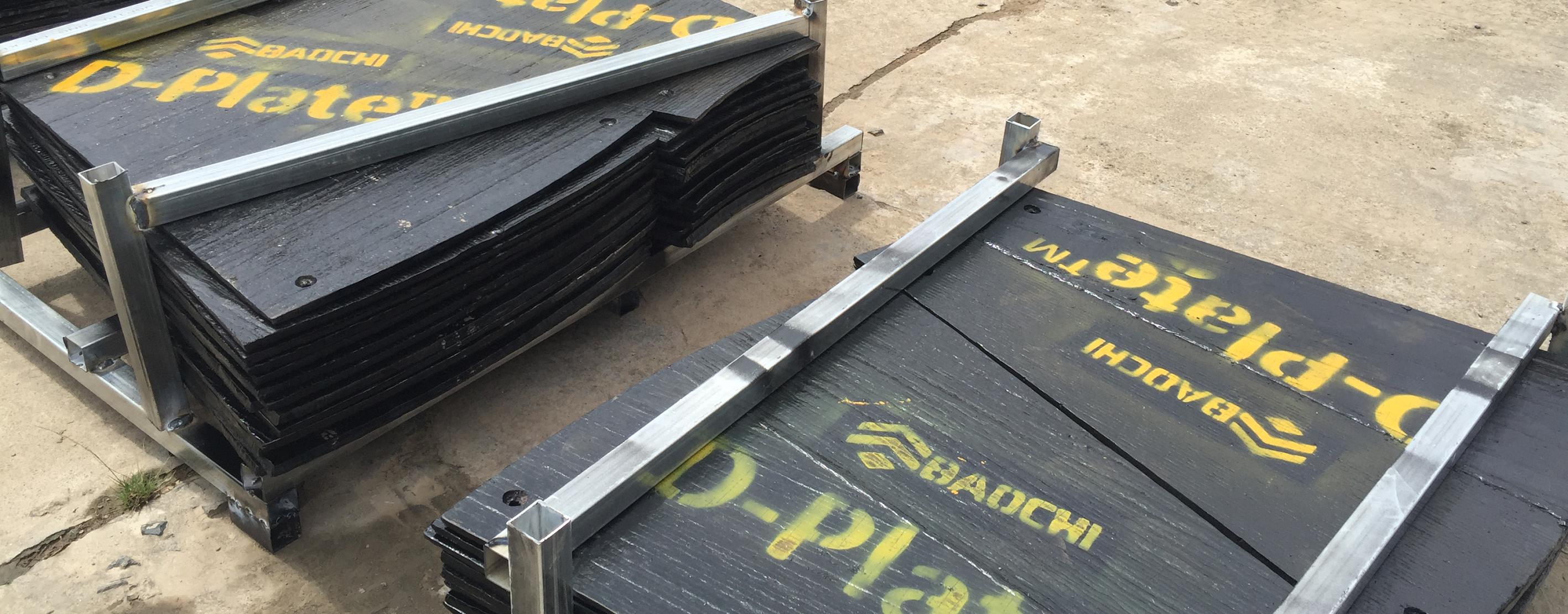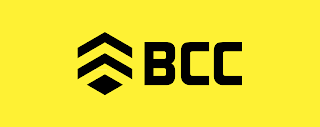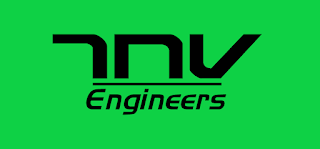[tintuc]

Hardfacing is applied in cases where the surface of engine parts is being
subject to abrasion by wear, corrosion or heat. According to the
definition hardfacing is applied when the surface is going to be damaged by
wear due to hard minerals.
This happens in all domains of
mechanical processing, where processes are realised at room temperature or
increased temperatures, such as in crushing, conveying, mixing and separating
in the field of mining, steel and iron industry, cement industry, coal power
plants, overground and underground working, recycling and environmental
protection.
In chemical industry it is applied
in areas of sharp mineral dressing.
The objective of hardfacing
according to DIN 50320 is to surface a layer onto the basebody, which is
most beneficially resisting to the wear-causing mineral.
The meaning of hardsurfacing did
significantly increase in the course of the last 10 years, as standstills do
become more and more expensive for big factories, due to increased wages and
salaries, but also for reasons of networking. Layers of between 2 mm and
200 mm thickness can be produced by application of the different
hardfacing procedures, whereas the fusion-efficiency rate can vary between 0,5
and 50 kg/hour, with fusion penetrations of between 0,5 mm and 10 mm.
The welding procedures can be
differentiated by the intensity of mixture with the base body, which is usually
increasing along with an increasing fusion efficieny rate.
Nearly all kinds of weldable
materials can be hardfaced and mostly all types of known wear- resistant metals
in combination can be used as hardfacing materials.
Ceramic materials, which can only be
coated by spraying-on thin layers, cannot be hardfaced.
2. Trends for Welding
2.1 Stick Electrodes and Filler
wires
Stick electrodes will be further used, before all for reparation in built-in
condition, as they can be processed not only in tub position. Anyhow, their low
fusion-efficiency rate, which results in costs of more than 50 Euro per kg, is
a disadvantage.
Filler wires can be regarded as an absolutely necessary welding
process, with regard to a consumption per buyer of more than 1 ton of material
per year.
The fusion penetration per burner is
usually between 3 – 6 kg per hour, so that the costs per kg welding material
are decreased to an amount of about 20 Euro per kg.
But this processing can almost only be easily used in tub position. This means,
that the engine parts to be protected have to be moved accordingly, so that
welding in built-in condition is often impossible.
The results of fusion efficiencies
of the latest developments in the sector of filler wires where up to 15 kg per
hour, so that the costs per kg welding material decreased to 10 – 15 Euro per
kg.
It is most important for
tubular-wire welding that removal by suction is made very carefully.
2.2 Plasmapowder-Hardfacing
Plasmapowder-hardfacing made a triumphant march through hardfacing of valves for the
motor car industry. A mechanical hardsurfacing at permanent operation was
achieved, with very slight mixtures and good surface qualities, so that the
material consumption was only half compared to the demand for continuous
casting sticks as used before.
This procedure is also qualified for tungsten carbides, which are not added
into the metal arc, but behind it, in order to have them gently inserted into
the melt, without their dissolution, what is a second advantage. Thus a higher
rate of tungsten carbides is achieved, which means a significantly better
resistance to abrasive minerals compared to usual chromium carbides.
This processing, as a special
procedure, is widely applied at Rheinbraun, but also for processing of oil
sands and in oil mining. The trend for this area has not yet become obvious.
2.3 Submerged hardfacing
Submerged welding processes give
us the chance of achieving fully mechanically even higher fusion efficiencies,
compared to tubular-wire welding with open metal-arc, which often do achieve
between 8 – 10 kg.
But when applying this process,
using wire or band, it is nearly impossible to produce high-quality
hardfacings. Therefore this process, within the scope of hardfacing, is meant
for big construction parts, such as cones of blast furnaces, but also for
regenerating of earth shifting units, especially in the Far East, whereas in
Europe it seems to be more economic to use new parts, which are scrapped after
their wear reserve has been exhausted.
Hardfacing is a wage-intensive process, which is only to be applied, where
operation costs in Western European countries, where wages costs are high, can
really be decreased by applying this technology, or when operativeness cannot
be guaranteed in another way.
4 Application of prefabricated
hardfaced plates
Instead of hardfacing the part by
own production, semifinished hardfaced products are more and more used.
These polyburner-technology plates
with a high fusion-efficiency rate can be produced much more economically than
having them manufactured by own production.
Constuction parts, such as hoppers,
chutes, screens, tubes, fans, separators or others, can be manufactures by
plasma-cutting and forming of such plates.
3. Trends for Welding Fillers
3.1 Increased Application of titanium-carbide containing martensitic alloys
The main application of
hardsurfacing was formerly the use of martensitic alloys with 400 – 600
Brinell, but nowadays such material contain titanium-carbide fortifications,
although the removal of slag is quite difficult when using such addings.
Especially when using these materials, or those where niobium is added to
martensitic alloys, the application is recommended for wear problems of
so-called high- pressure rollers in a wide range.
3.2 Use of highly-chromium containing materials with higher
carbon contents then those of filler wires
Compared to formerly used hardfacing
materials as filler wires, normally of the alloy group 10 with 4,5% C and 30%
Cr, there is a clear trend towards higher alloyed filler wires to be seen, as
only when using these filler wires as a second and third layer a significantly
longer lifetime will be achieved.
In general such materials do contain
5,5% C, 20% Cr and 7% niobium, at higher temperatures they do also contain
molybdenum and tungsten. In a certain range
these materials can also be applied for higher temperatures up to ca. 750° C,
but they will lose their wear-resistance at higher temperatures due to
transformation of the matrix.
3.3 Tungsten-carbide containing
hardfacings
In former times such materials were
only used in oil- mining due to reasons of costs, whereas their
application did meanwhile considerably increase, not only for stick
electrodes, but also for filler wires and PTA- welding and special-welding
procedures, as the lifetime is significantly higher, whereas the wages costs
are the same. did meanwhile considerably increase, not only for stick
electrodes, but also for filler wires and PTA- welding and special-welding
procedures, as the lifetime is significantly higher, whereas the wages costs
are the same.
But meanwhile there is a
clear trend towards iron- containing materials, which are, as a consequence,
cheaper.
4. Trends for Applications
4.1 Hardfacing of Strips
and Disks for Coal- and Cement-Crushing
 |
| Application for Vertical Roller Mills in Cement Plant |
Generally such strips do consist of materials which are known from the
literature as being unweldable, having a high carbon-, chromium- or
nickel-content.
Anyhow this is the
second-largest application worldwide for hardfacing with
chromium-containing hardfacing materials. Compared to casting materials, the
achieved lifetime is twice or three times longer and the grinding result is
much better for a long period of time.
In the same way the
disk, on which the strip rolls, can thus be regenerated and the lifetime
extended.
4.2 Sinter-crusher stars with cobalt-base alloys and inserted mixed
carbides
Sinter crushers are a
considerable wear problem in each iron and steel work worldwide. Generally
their lifetime in hardfaced condition is about 2-4 months. Actually tests are
made, in order to find out if the use of tungsten-chromium carbides can
increase lifetime significantly, which are promising.
But with regard to bar
frames (the counter-part) it already became obvious that with such materials a
longer lifetime is not achieved, due to even higher temperatures.
4.3 Use of hardfaced Plates as semifinished Products
The main trend and most
important application for hardfacing worldwide is the production of hardfaced
plates in standard sizes, of which parts ready to be installed are being
manufactured. Processes according to drawings of parts to be
manufactured can be made of such hardfaced plates, using plasma- burners
or water-jet.
Even complicated
equipments can be made by cold- work, like some examples show. The cheap
production of the semi-finished products is mainly interesting, whereas the
welding mechanization is most important. This can be achieved by using special
procedures with an extremely intensive fusion efficiency rate per burner, or by
combining many burners, e.g. up to 10 burners for filler-wire weldings.
 |
| Wear Plate Producing |
5. Trends as a Result of Environmental Protection Prescriptions
The environmental
protection is a very important trend for hardfacing, which will cause much more
problems in the future than it did the last 100 years. Steams are emerging
whilst hardfacing, which are not that dangerous, as they do nearly not contain
hexavalent chromium. The size of dust particles is dangerous, so that a good
suction during work shall be ensured.
In addition, there are
new trends coming up with regard to valuation of danger of nickel and
manganese, which will probably afford high investments with regard to the
suction of such welding-steams within the next 10 years.
For that reason we
assume that in the future there will be a concentration of orders in less
locations, where an excellent suction is guaranteed, or where in fully-
enclosed cabins, supported by robots, the main hardfacing work will be done.
6. Summary
Hardfacing is a modern
procedure, which nowadays is mainly applied for bigger construction parts, in
order to extend the lifetime, instead of using massive solutions, such as
castings. This “added value” makes the parts more valuable, and the demand for
it will be constant, as the standstill of concatenated machines will become
more and more expensive. [/tintuc]













